How to Bare Root Plant This Spring
As spring arrives, teased with warm sunny days, and occasionally delayed by blasts of wintry weather interludes, the horticulturists at Chatfield Farms are hard at work. Clearing debris and last year’s plant growth is first on the docket. Once tidied, gardens are promptly mulched or redressed with pea gravel. After all this elbow grease is applied, the horticulturists can get down to business with one of their favorite tasks: spring perennial planting.
One method we use with perennials is called “bare root planting.” Traditionally, when a nursery plant is planted, the entire pot of potting soil and intertwined roots goes into the prepped planting hole. Infant roots know nothing other than the soil they were propagated in, and sometimes delay growth or do not reach beyond the outline of their nursery pot if they are rootbound and surrounded by potting soil.
The practice of bare root planting seeks to avoid this phenomenon, by shaking or washing away the potting soil from the young roots prior to planting them in the ground. This way, the young roots will encounter the native Colorado soil immediately and must grow outward and adapt to that soil quickly if they are to survive. Potting soil used for greenhouse growth is very different from the native Colorado soil, and conditions in a greenhouse are very different than real-world conditions. If a plant is bare rooted, establishment may happen more quickly if cared for correctly.
This can be a delicate process. Care must be taken when teasing apart the roots, especially if the plants are pot-bound. Gentle fingers must be used to untangle and loosen roots from potting soil. Once freed from most of the potting soil, the roots are dunked into a bucket of water to wash away any clinging soil. Keeping newly bare root-planted perennials wet as they establish is crucial to their survival. Depending on natural precipitation, hand-watering new transplants will be necessary. In addition, planting before temperatures reach intense summer highs will enable success.
Take a look at the process of bare root planting in this short video.
Think of bare root planting as another way to toughen up infantile plants. Removing a life jacket from someone who is definitely ready to swim. Just as hardening-off prepares coddled plants for the real world, bare root planting brings on real-world conditions with zero hesitation. Learning to grow in their forever soil, these transplants should become resilient and well-adapted to their new home. The horticulturists that practice bare root planting at Chatfield Farms have found repeated success without data-driven science – although a research project with these parameters would be highly interesting and useful.
It may sound scary but try some bare root planting techniques this spring and make the judgment for yourself!
Gallery
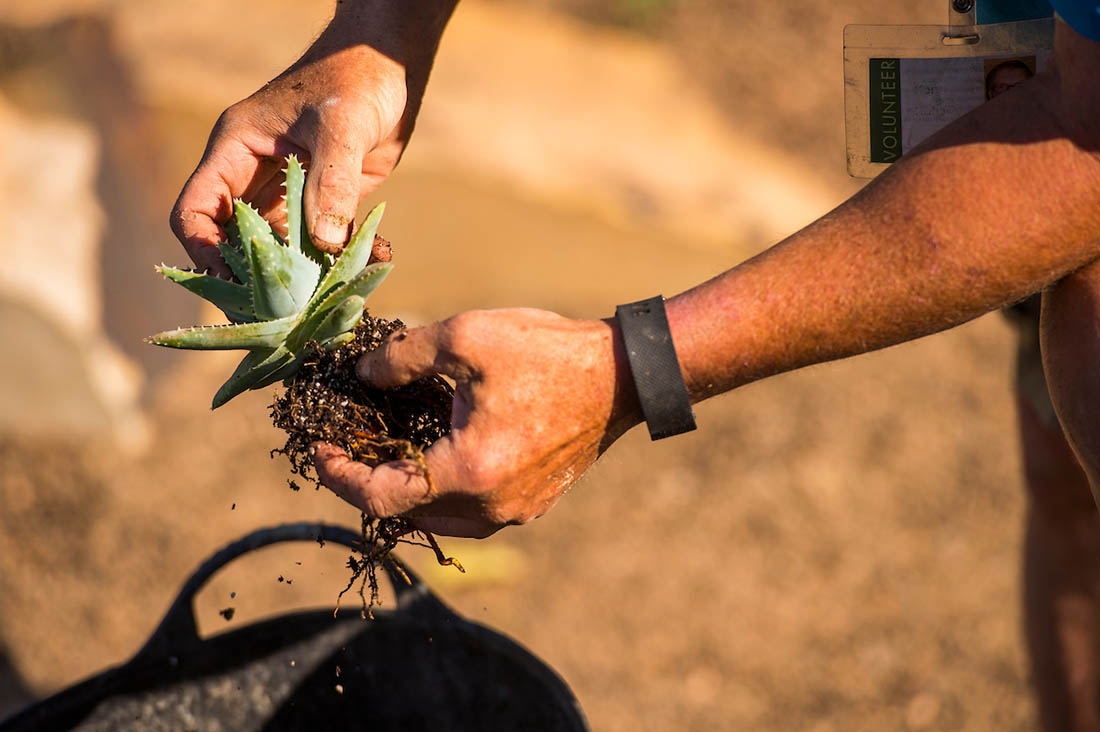
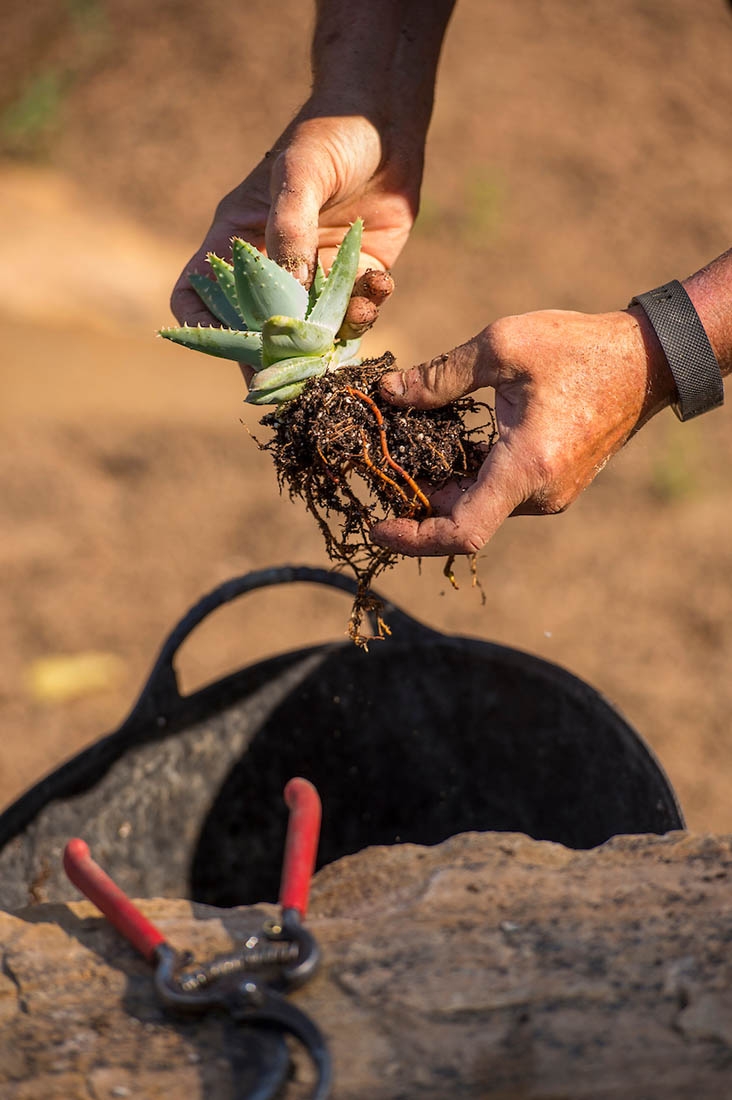
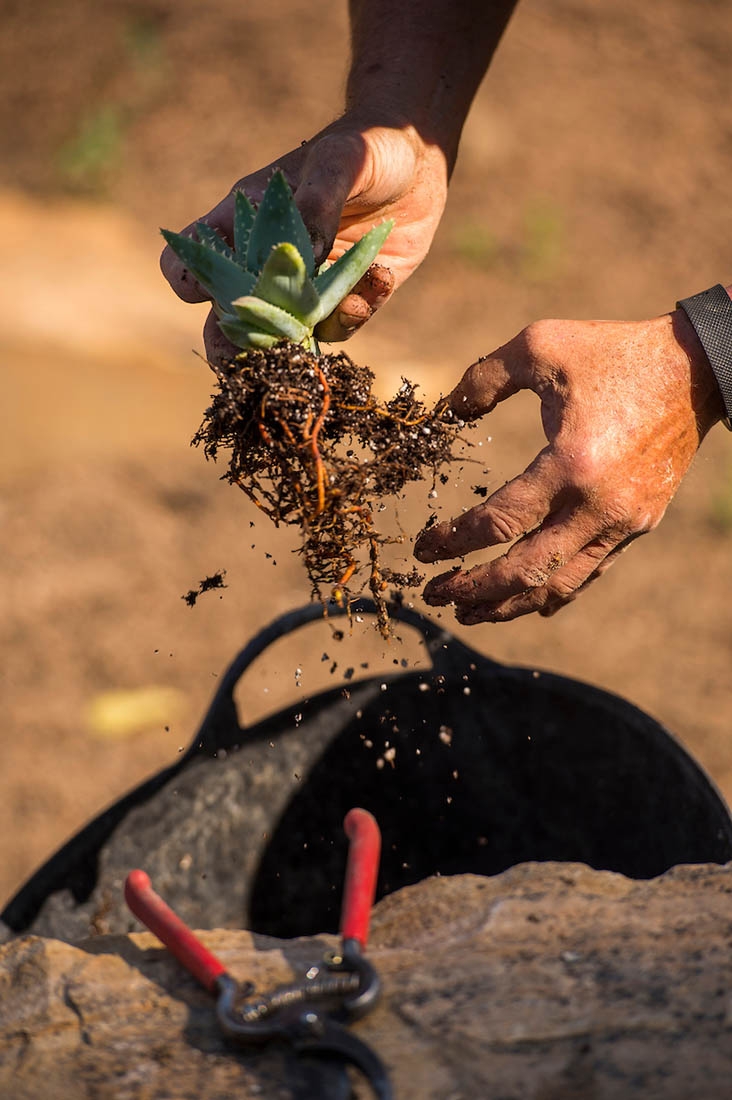
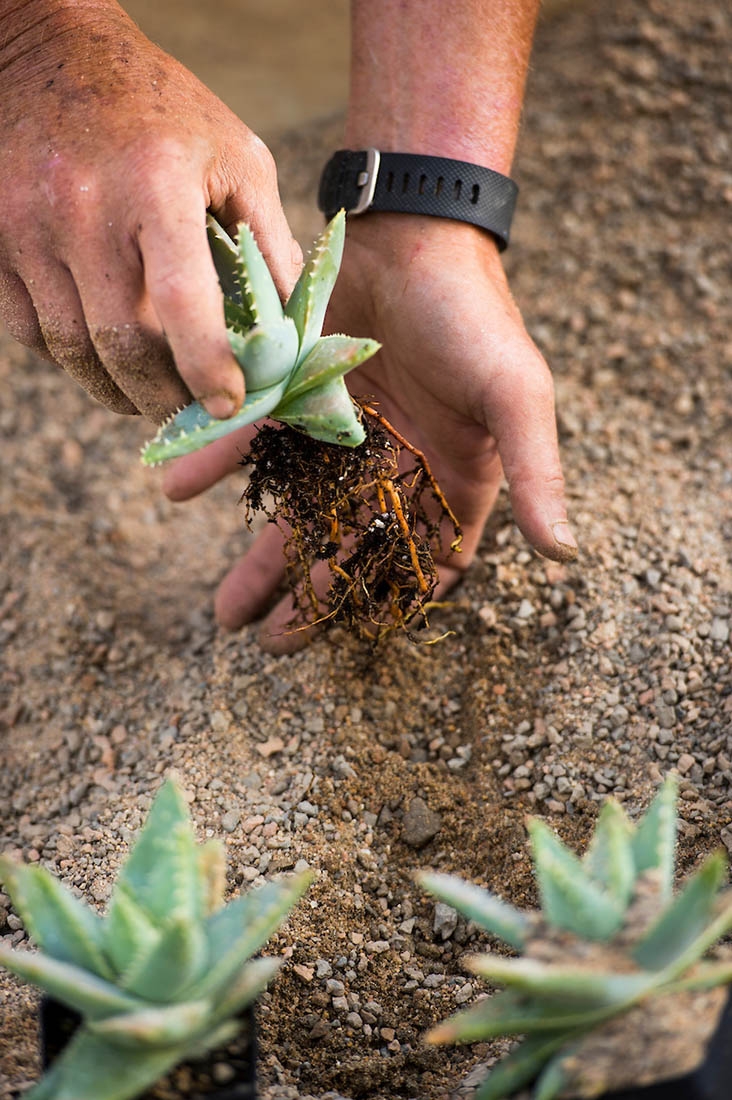
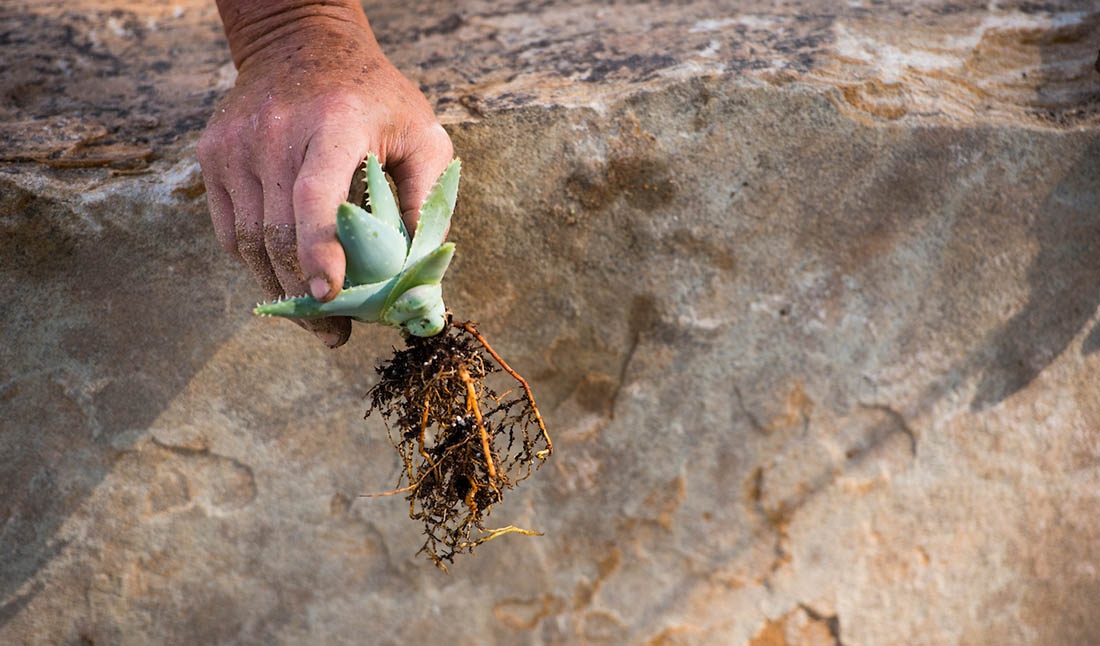
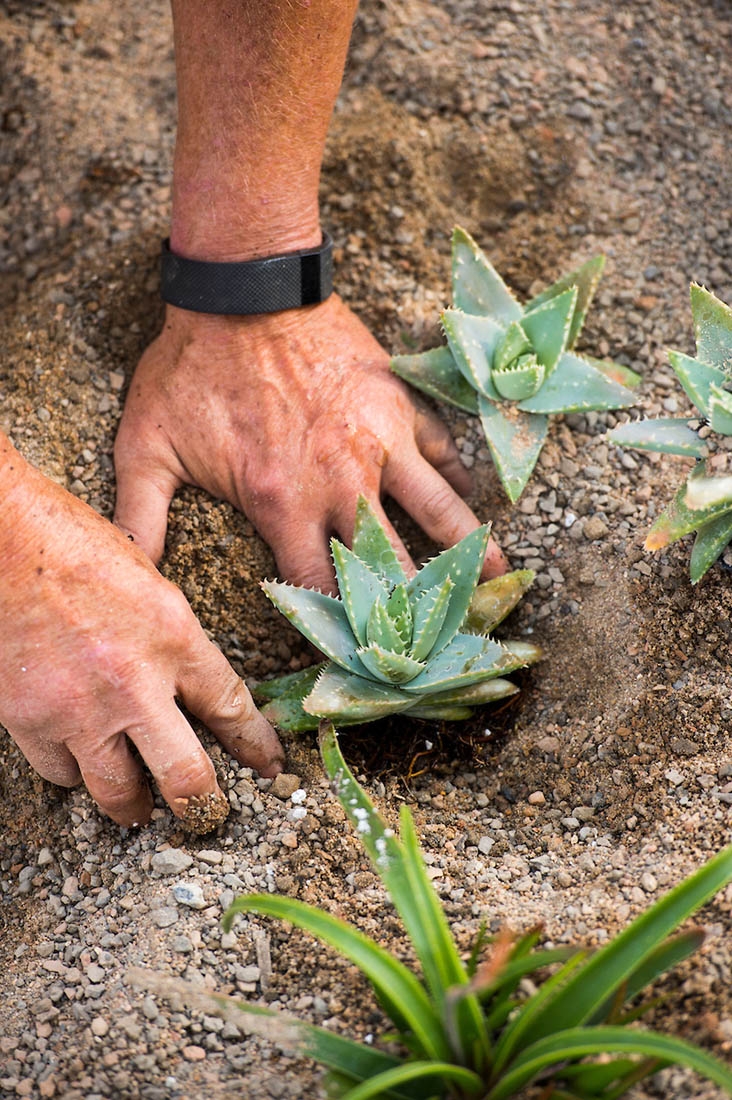
Add new comment